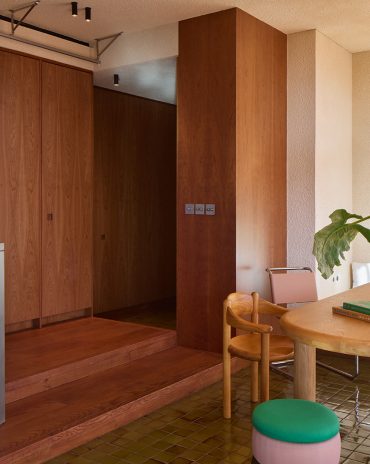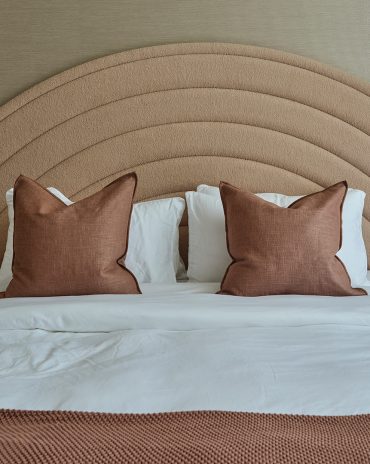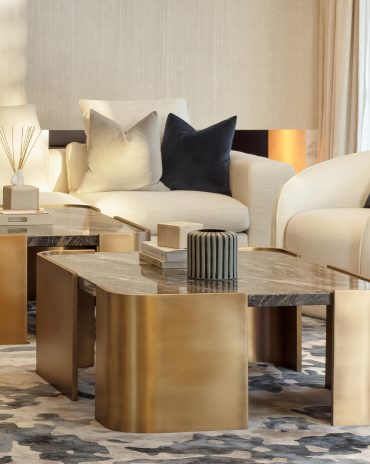Copyright © 2025 Motivate Media Group. All rights reserved.
A cross-cultural exhibition in Tokyo features works by young artists from the Gulf
The exhibition fosters a dialogue on 'youth-driven art' between Japan and the Gulf region
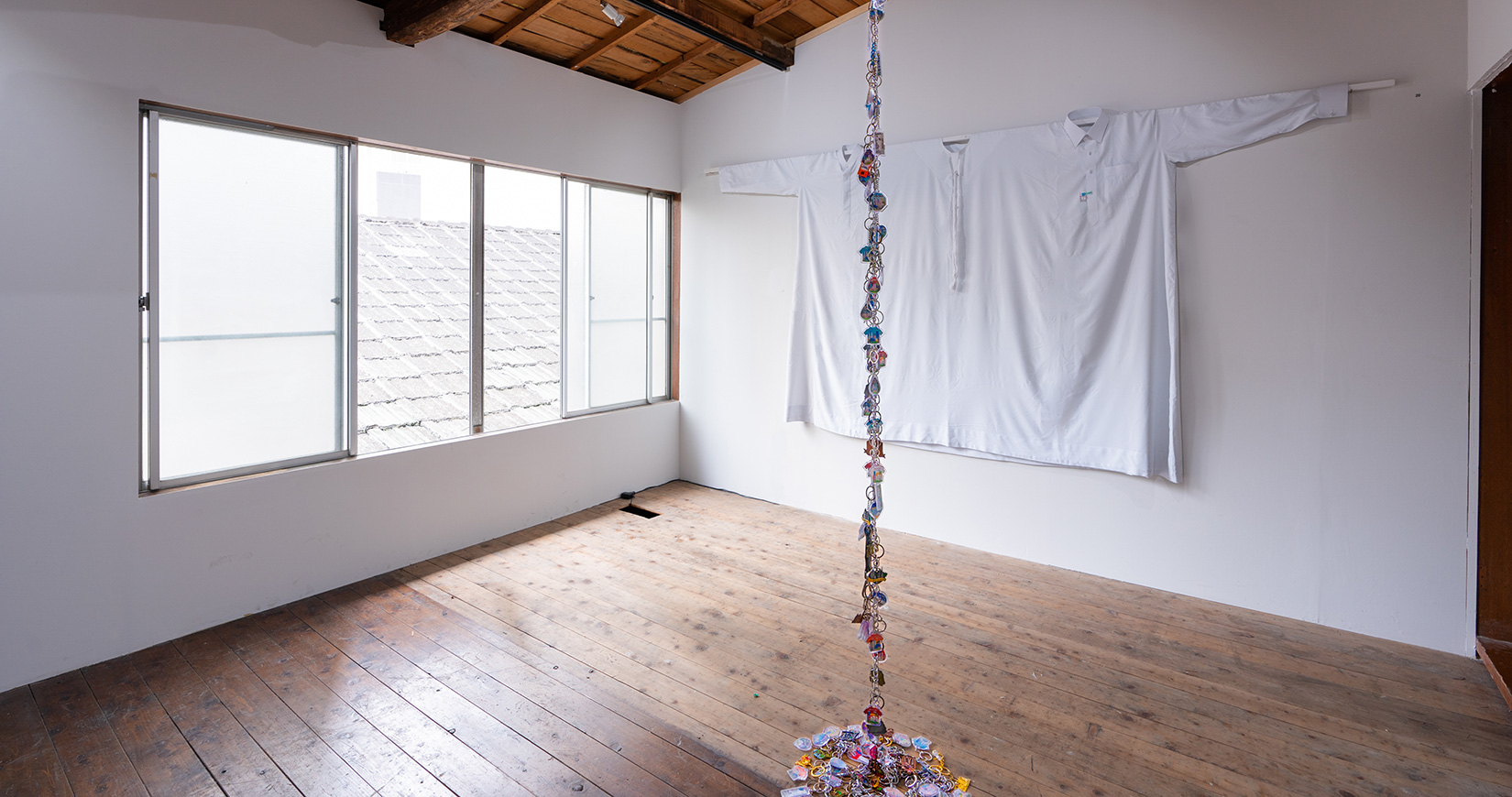
What first began as an exhibition series in NYU Abu Dhabi’s Project Space in 2016, and later at the CHI-KA Space in Alserkal Avenue in Dubai, the East-East Vol 4: The Curio Shop made its debut in Tokyo this summer, brining together young talent from across the Gulf region and Japan.
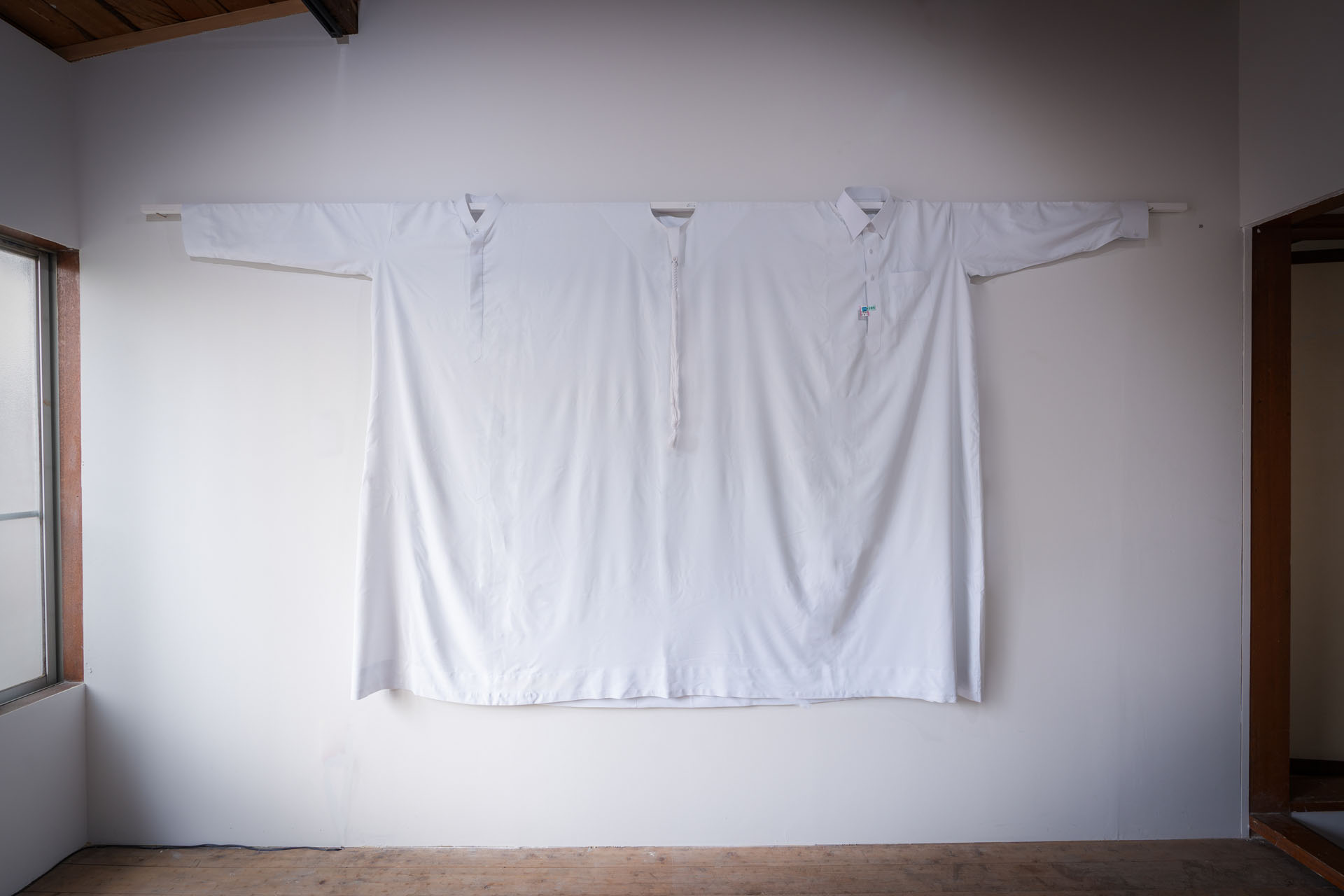
GCC Best Friend by Christopher Benton. Photography by Naoki Takehisa.
Curated by Sophie Mayuko Arni, an NYU Abu Dhabi alumni who also attended the Tokyo University of Arts, the exhibition is “in line with the youth-driven wave of artistic dialogues between the Arabian Gulf and Japan,” she describes.
The fourth iteration of East-East features the works of 15 artists based across the UAE and Bahrain as well as Japan, including Aisha Al Ali, Aliyah Al Awadhi, Almaha Jaralla, Arthur de Oliveira, Christopher Benton, Hashel Al Lamki, Salman Al Najem, and Khalid Mezaina, while the Japanese artists include: BIEN, DAISAK, Heijiro Yagi, Koiichiro Tada, Rintaro Fuse, and Tomoki Kurokawa.
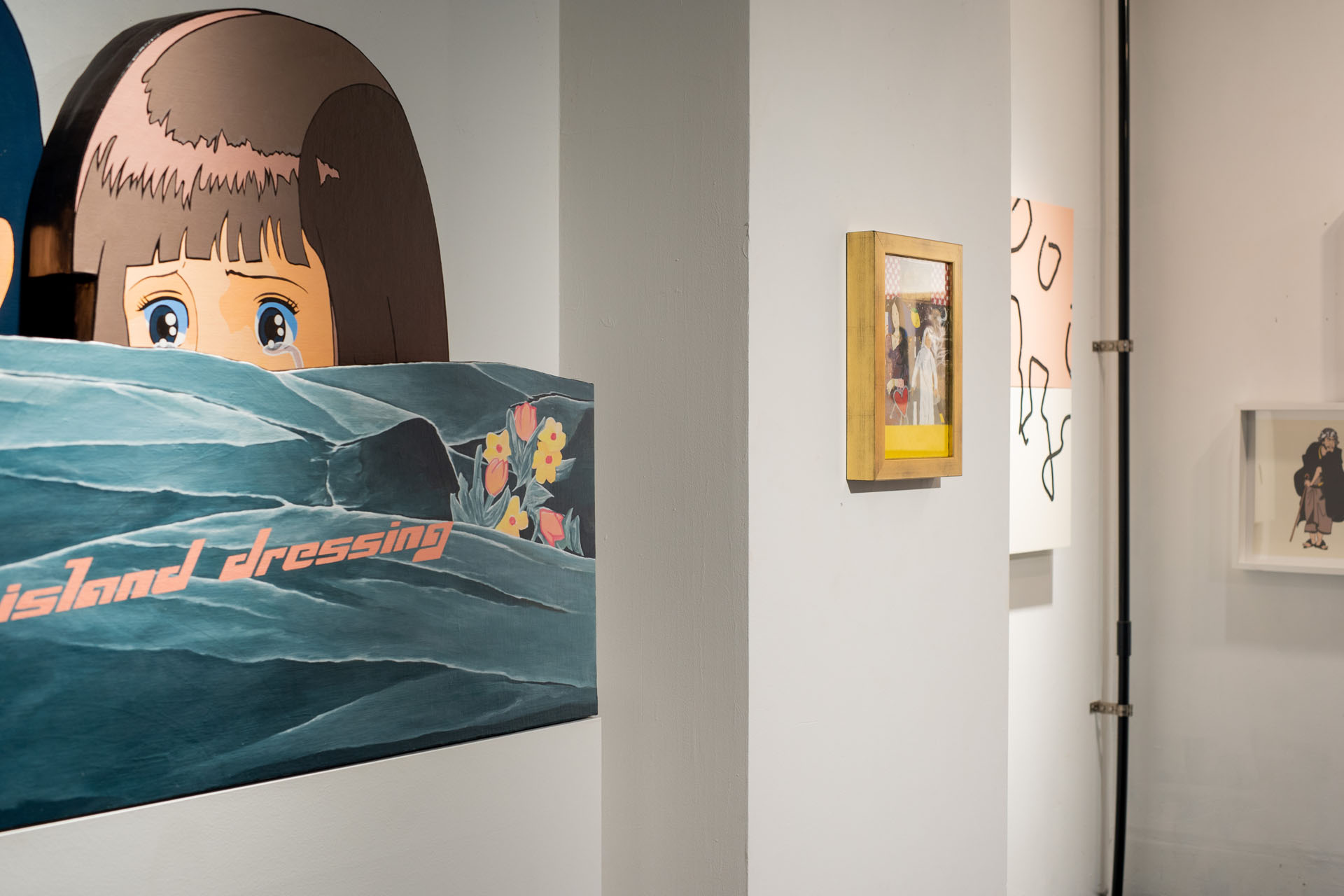
Thousand Island Dressing by Tomoki Kurokawa
The premise of the overall exhibition series lies in decentralising Eurocentric approaches to art by shedding light on a new generation of artists who are engaged in cross-cultural dialogue.
The inspiration behind this year’s title are the ‘curio shops’ found across Japan that sell finely crafted items, that is also the title of a photograph taken by Italian-British photographer Felice Beato in Yokohoma in 1868. The idea is to transpose the idea of the “curio” in today’s Tokyo.

From left: Energy Tank by Daisak, One Million Aspiration by Salman Al Najem, Yesterday’s Inspiration by Aisha Al Ali.
“‘Curios’ is a 19th-century abbreviation for “curiosities,” used to describe works of fine craftsmanship sold in Japan to early foreign settlers in late 19th century Japanese port cities,” Arni explains.
“‘Curio-hunting’ was one of their favourite pastimes and the most popular product categories were porcelain, lacquerware, bronze-work, bamboo work, silk embroidery, and woodcut prints. Two centuries later, instead of lacquerware and porcelain vases, manga, anime, and digital design have emerged as today’s Japanese curios. [Alternatively], in the Arabian Gulf, images of postmodern architecture, skyscrapers, and desert dunes have emerged as some sort of “jpg curio”, instantly recognisable images of the Gulf and its booming economy. This exhibition will aim to present a contemporary and youth-led version of a cabinet of curiosities blending these two geographies in an East-East context.”
The Latest
Contrasting Textures
Located in Al Barari and designed by BONE Studio, this home provides both openness and intimacy through the unique use of materials
Stillness, Form and Function
Yasmin Farahmandy of Y Design Interior has designed a home for a creative from the film industry
From Private to Public
How ELE Interior is reshaping hospitality and commercial spaces around the world – while staying unmistakably itself
New Episode: In Design With: Ahmed Bukhash
Watch the latest episode on In Design With.
Highlights of the Biennale Architettura 2025
We shine a light on the pavilions from the Arab world at the Venice Architecture Biennale, on display until Sunday 23 November 2025
Read ‘Bold Design’ – Note from the editor – July/August 2025
Read identity magazine's July/August 2025 edition on ISSUU or grab your copy at the newsstands.
Things to Covet in June 2025
Elevate your spaces with a pop of colour through these unique pieces
Designing Spaces with Purpose and Passion
We interview Andrea Savage from A Life By Design – Living & Branding on creating aesthetically beautiful and deeply functional spaces
Craft and Finesse
EMKAY delivers a bold and intricate fit-out by transforming a 1,800 sqm space into SUSHISAMBA Abu Dhabi, a vibrant multi-level dining experience
An Impressive Entrance
The Synua Wall System by Oikos offers modularity and style
Drifting into Summer
Perennials unveils the Sun Kissed collection for 2025





